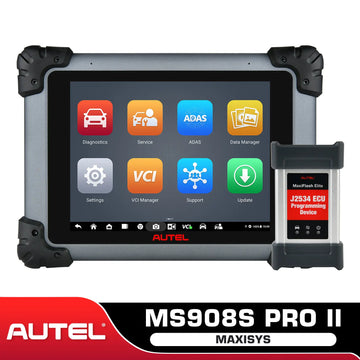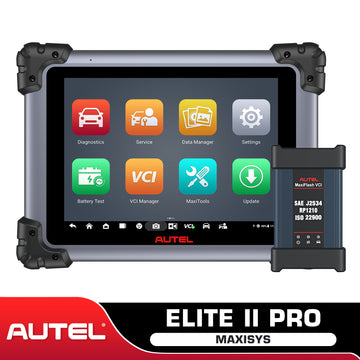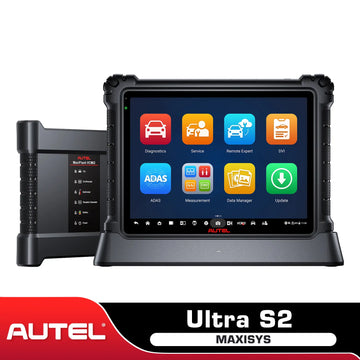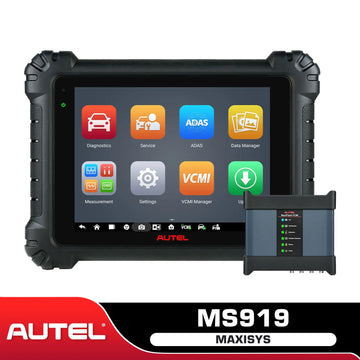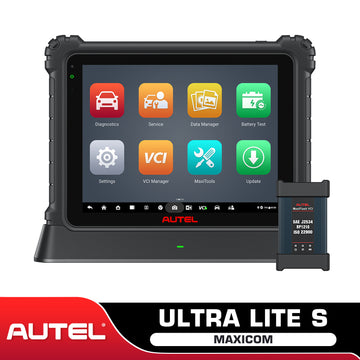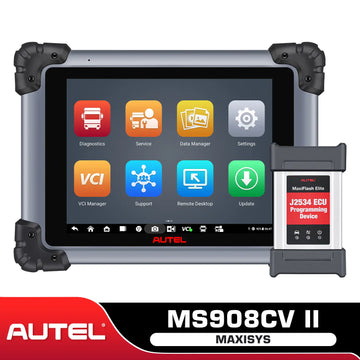Code Readers VS Scan Tools, Which is more suitable for you?
When the “Check Engine” light comes on, many motorists don’t have a clue as to what to do next. They know the light means something is wrong, but is it a serious problem or a minor one? The only way to know for sure is to plug a scan tool or code reader into the vehicle’s diagnostic connector and see what comes out.
The least expensive code readers only display a number, so you have to look up the code definition in a handbook to find out what it means. The more expensive tools give you the number and a brief definition. The trouble is, a code doesn’t always tell you what the underlying problem is, what might be causing it or what parts are needed to fix the problem. But, it is a starting place and gives you some direction as to what might be wrong with the vehicle so your customer can decide what he or she wants to do next.

Overall Findings
| Code Readers | Scan Tools |
|
|
|
|
|
|
|
|
|
‘DIY’ Vs ‘PRO’ Scan Tools
A code reader can provide an inexpensive means of reading and clearing codes, and maybe even checking the status of the OBD II monitors, but that’s all. To read sensor data, history codes, pending codes, etc., you need a “real” scan tool, and the price jumps accordingly. An entry level scan tool with these features starts around $200 and goes up from there.
Most DIY scan tools do not have bidirectional communications capability. This is done for liability reasons. Most late-model vehicles have quite a few built-in self-checks that can be performed with a dealer or professional level scan tool, but running these tests requires some know-how, experience and caution. For many situations, the advanced capabilities are not necessary, but when it is needed, there’s no substitute for having a professional-grade scan tool. Pro tools typically start in the $1,500 to $2,000 range, and go up depending on the tool’s capabilities and features.
One change that is affecting the type of scan tool required to diagnose late-model vehicles is the introduction of Controller Area Network (CAN) computer systems. CAN engine control systems are much faster and smarter than previous generations of engine control systems. CAN is a high-speed data link that runs 50 times faster than the four existing OBD II communication protocols. The CAN protocol allows multiple control modules to share information, and requires special hardware and software for diagnostics. Consequently, you need a scan tool that is CAN-compliant for some 2003 vehicles, and many 2004-and-newer cars and trucks. Most older scan tools that were manufactured before CAN came along do not have the hardware capabilities to read the faster data and cannot be upgraded.
Final Verdict
If you're wondering whether you should get a code reader or scan tool, start with a code reader. This way, you'll have the knowledge base without making a big dent in your budget. If you're a DIY or shade-tree mechanic, a basic code reader can handle the simple task of clearing codes and resetting a check engine light.
